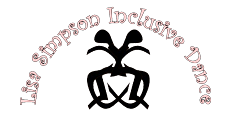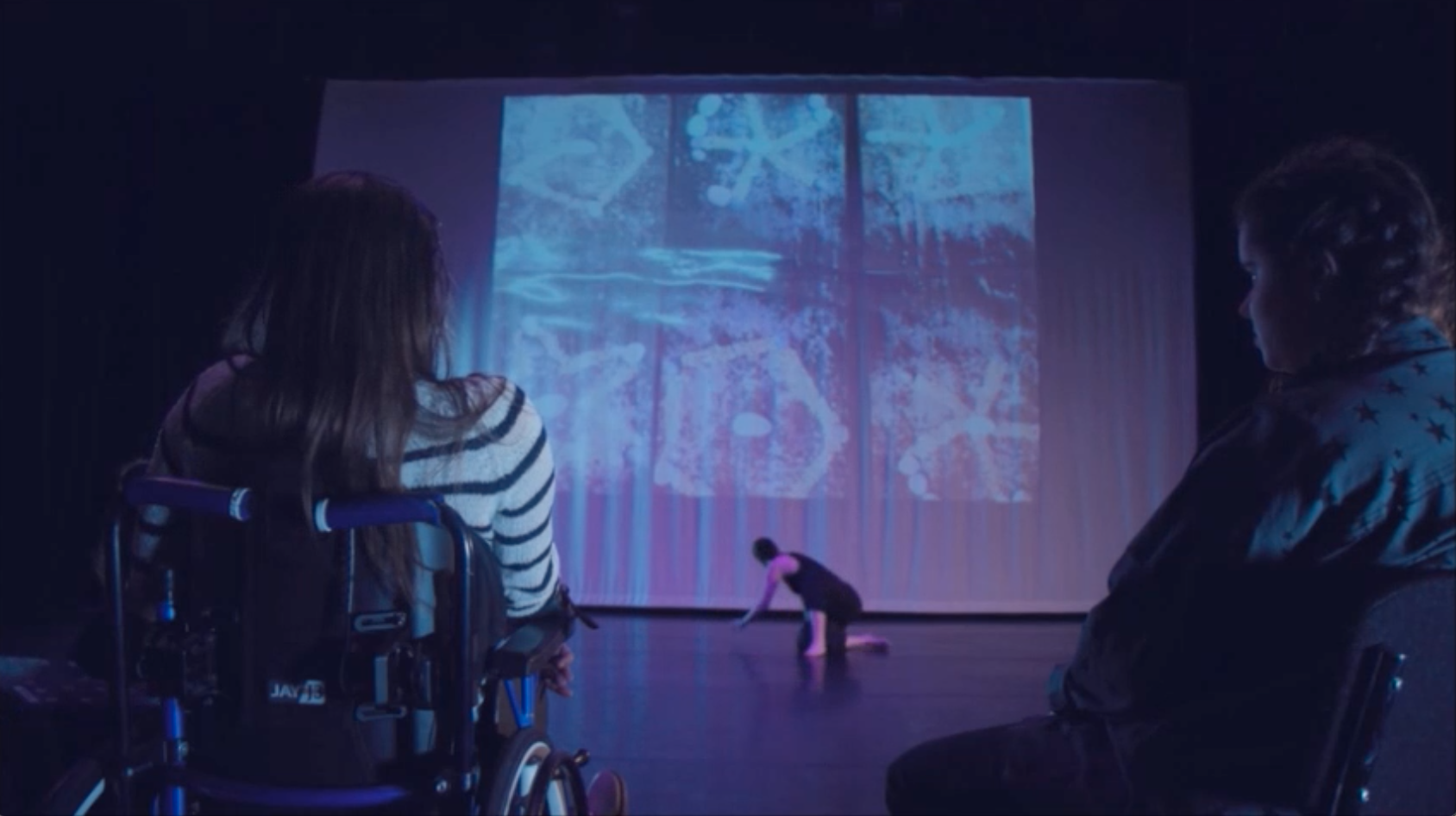
About Us
Our Story
In March 2010, I set up Lisa Simpson Inclusive Dance Limited (LSID) with the aim of teaching people how to use the Simpson Board
Lisa Simpson Inclusive Dance is a social enterprise/not-for-profit organisation that creates opportunities for disabled people to choreograph. By teaching people how to use the Simpson Board, we are opening the door to other prospective choreographers with no or limited verbal communication to realize their creative potential.
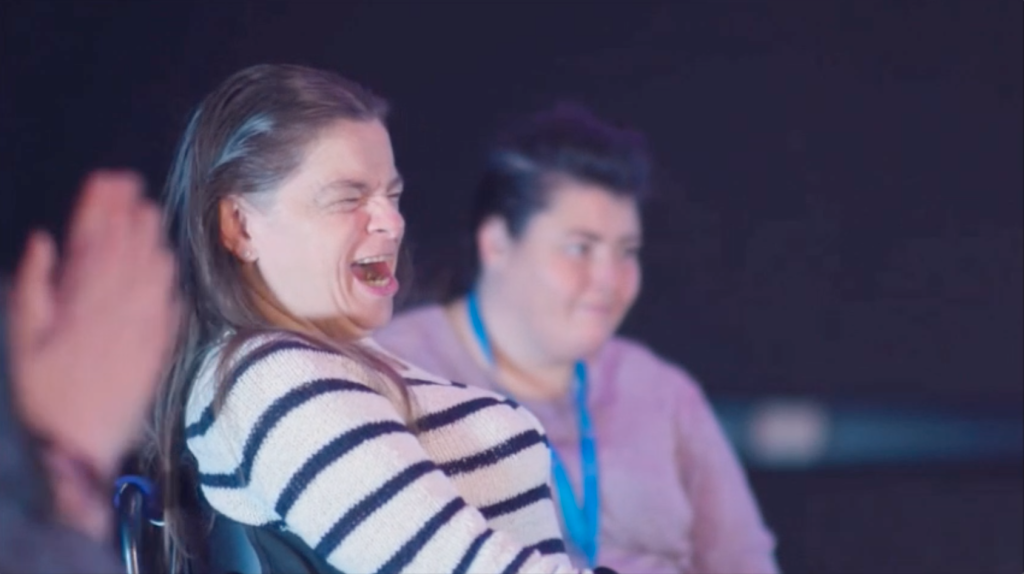
Lisa Simpson – Founder
Meet Our Directors
The board of directors constitutes of Lisa Simpson and John Glass
Advisory Directors include Lucy Nicholson, Adam Benjamin, Annalaura Alifuoco, Paul Smith and Dr Sarah Black
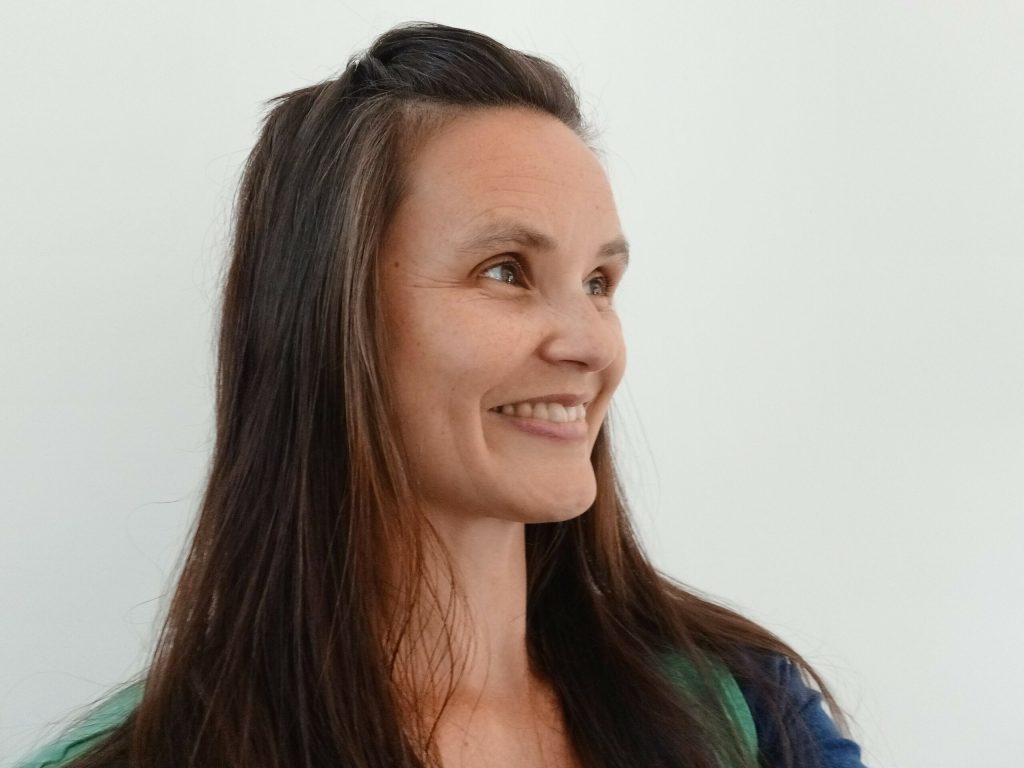
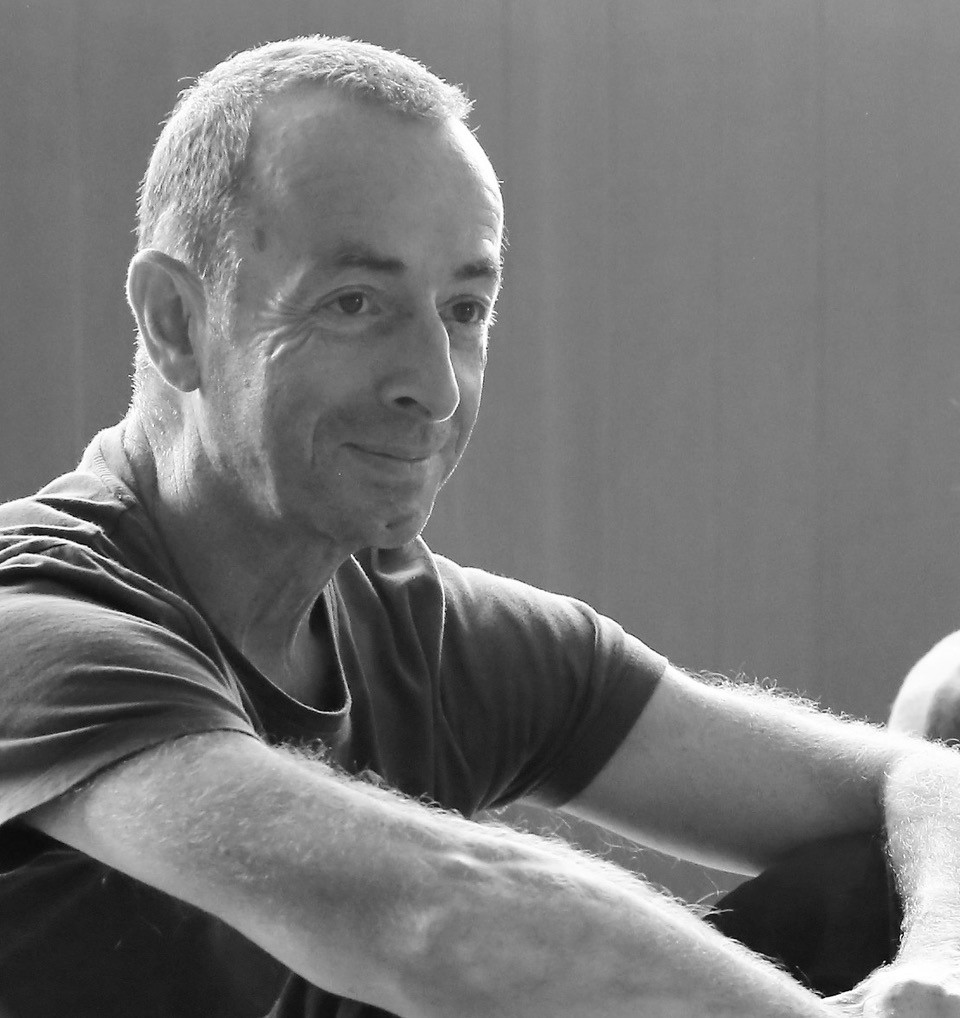
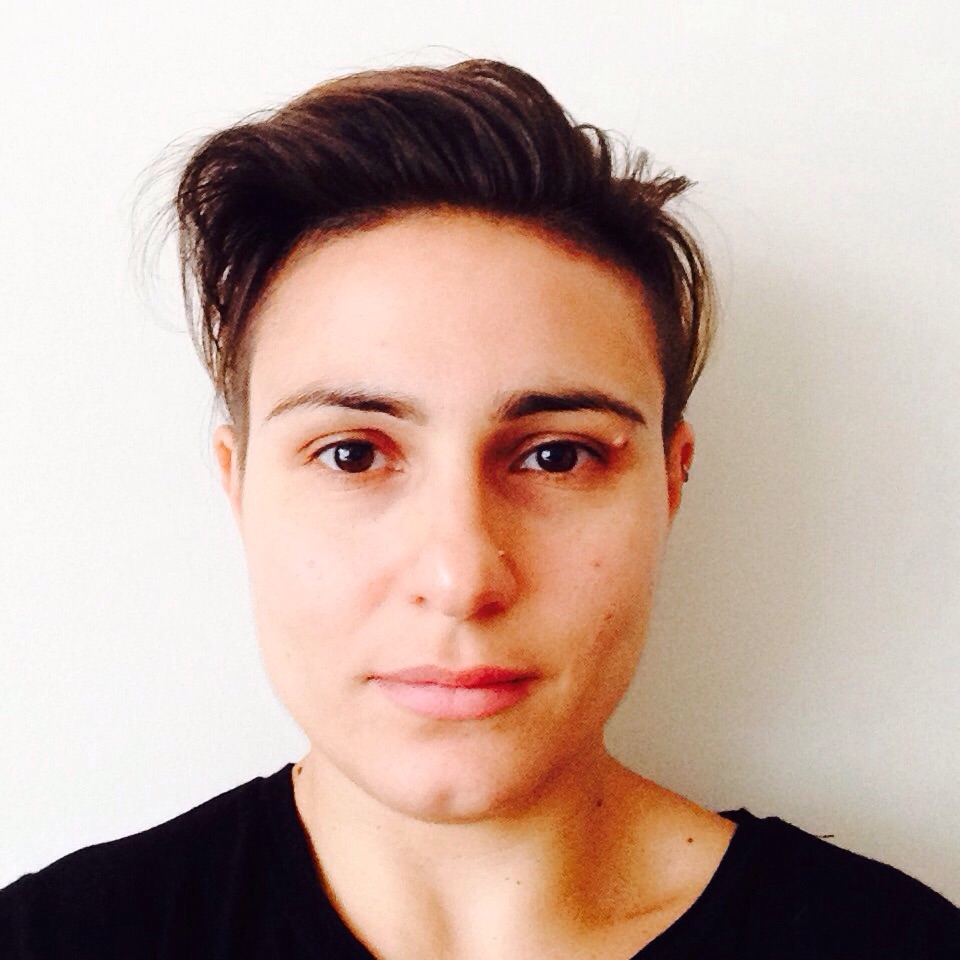
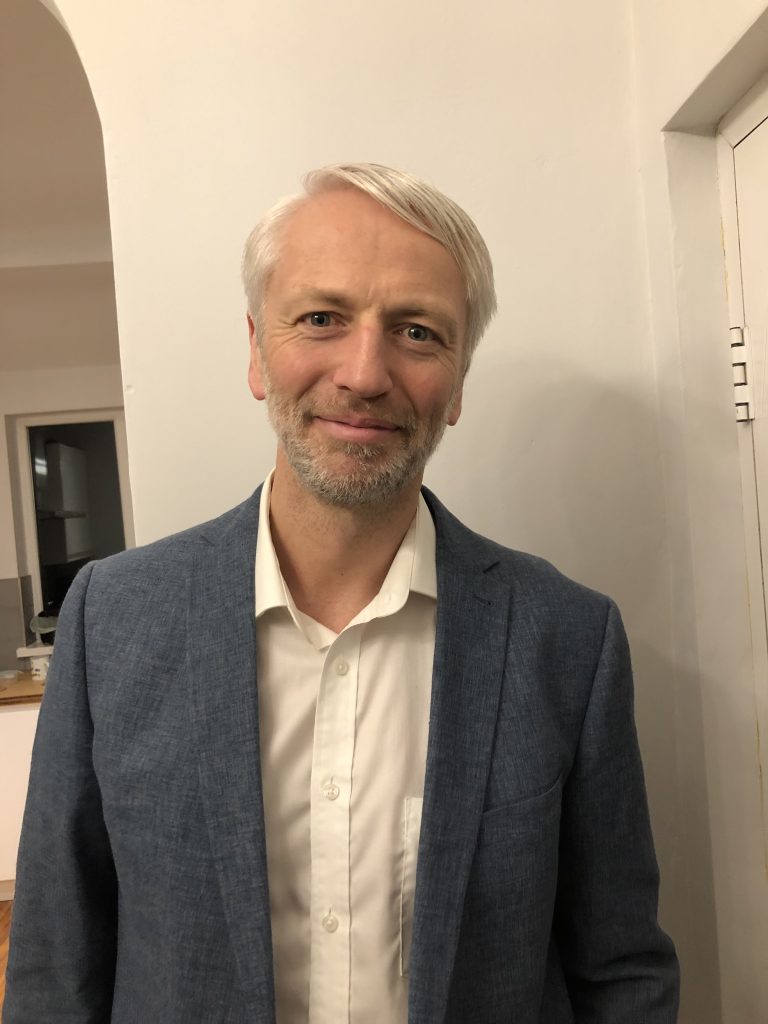
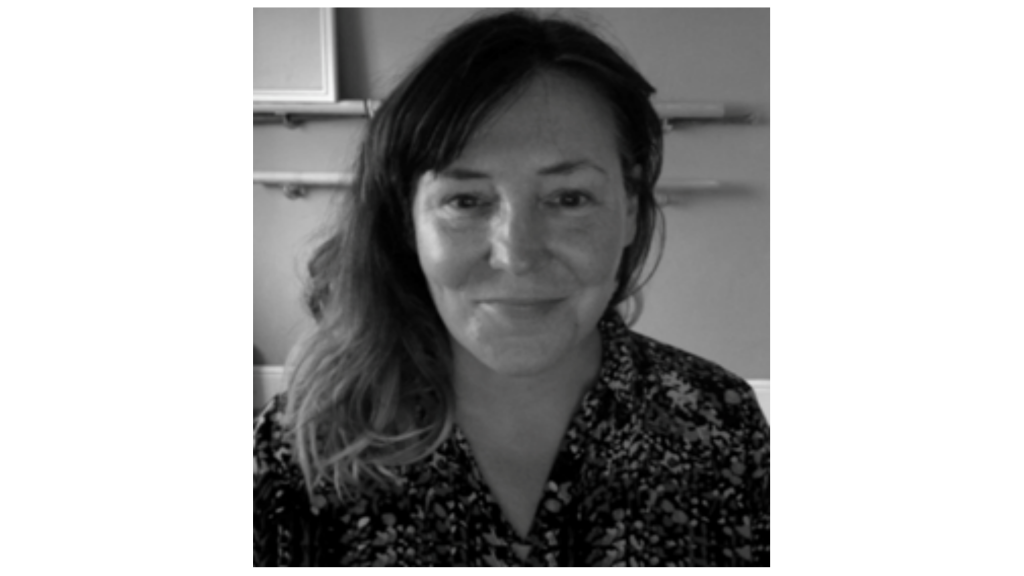
What is a Simpson Board
The Simpson Board; a flexible A3 sized laminated board covered in the words, diagrams and symbols needed to create a dance. It allows the user to indicate using their eyes or by pointing where, on a virtual stage, they would like the dancers to go and what sort of moves they should make. An assistant who sits alongside the user, reading the Board then speaks these instructions aloud to the dancers.

How the Simpson Board came about
The Simpson Board came about when Adam Benjamin, co-founder of CandoCo Dance Company, watched how I created pictures with stones. The process of how I arranged each stone interested him. I would look at where I wanted them to be placed. If they were not exactly in the right place, I would indicate with my eyes which direction they should move. So Adam thought, “Can this be done with bodies”. With this in question,, he organised a five-day residency in 1995 at Hereward FE College. The residency involved students with and without disabilities.
As we developed the Simpson Board, my drive to be able to choreograph increased considerably, hence the name.
Although we made a substantial amount of progress during the week, it was clear that in order for me to have more of a precise decision e.g. individual movements of the dancers, the Board would have to be developed further. This led to Jonathon Thrift from the Roehampton Institute London becoming involved, who had expertise in dance analysis and notion. He went on to modify the Simpson Board with Bill Robbins, a student with the same degree of cerebral palsy as me.
